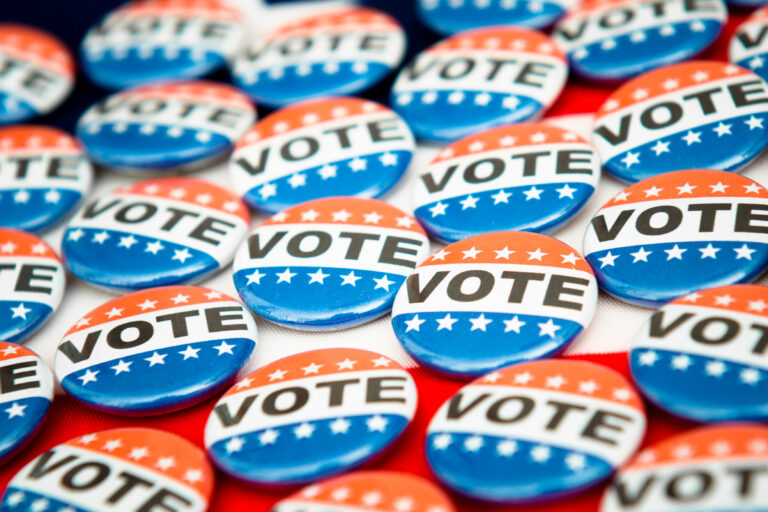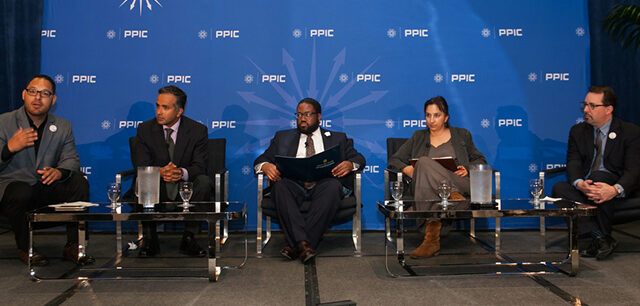The people who go to the polls in California are very different from those who don’t; they vary widely across key demographic indicators such as race, age, education, homeownership, and income. They also have very different political attitudes and policy preferences. As California’s population continues to expand and change, its voting rolls are not keeping pace and its voters have become unrepresentative of its population.
Voters in California tend to be older, white, college educated, affluent, and homeowners. They also tend to identify themselves as “haves”—rather than “have nots”—when asked to choose between these two economic categories. Nonvoters tend to be younger, Latino, renters, less affluent, and less likely to be college educated than likely voters-and they generally identify themselves as have nots.
The economic differences between voters and nonvoters reflect the growing economic divide that has surfaced as one of the most important policy issues in the 2016 election year-and they have important implications for policymaking. Voters and nonvoters vary noticeably in their attitudes toward the role of government, government spending, ballot choices, and elected officials-all of which come into play during an election year and influence governing choices in the long term.
California has recently taken steps to encourage voter participation, but our research suggests that the divide between voters and nonvoters is deep and persistent. What more can the state do to diversify its electorate? Further changes in the voter registration and voting process may help, but only to a limited degree. Civic engagement is critical-as is building confidence in elections and trust in government. Public and private efforts, including targeted drives to increase civics education, voter registration, and voting in underrepresented communities, could result in broader representation of Californians’ views.
These efforts will not be easy-there are powerful socioeconomic factors in determining political participation. Broader endeavors to increase economic opportunity, such as policies that produce high-paying jobs, affordable housing, and higher college graduation rates, could also help lead to a larger, more diverse voting population. Efforts are also needed to encourage more noncitizens to become citizens so that they can join the voter rolls. In a state that increasingly relies on the ballot box to make major policy decisions-and is expected to have a large number of initiatives on the November 2016 ballot—a more engaged and representative electorate would be a source of long-term stability, helping to create a stronger, more united future for California.
Topics
Political Landscape Population Statewide Survey




